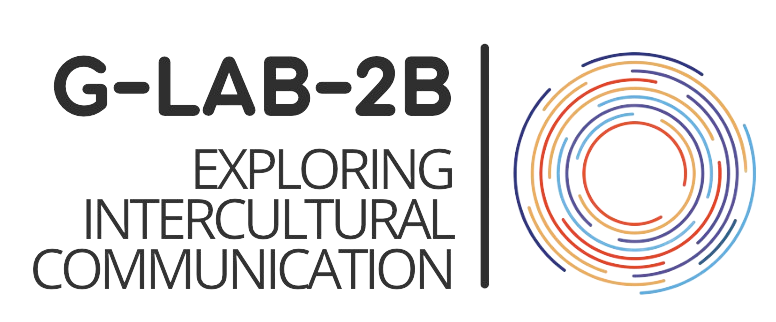I have been observing for some time that in the field of academic education ( and research ) a central question of our time is being raised: how can we design interdisciplinary cooperation in universities in a way that responds to the challenges of an increasingly complex world? A VUCA world, a BANI world. It is about more than just the transfer of knowledge: it is about designing and transforming to a new “learning scenario”.
Table of Contents
The value of interdisciplinarity
Interdisciplinary studies should broaden students’ perspectives and “build bridges” between different disciplines, thus fostering the ability to address complex problems from multiple perspectives, whether it be climate change, digital transformation, social polarization, or global conflicts… issues that require solutions that transcend disciplinary boundaries.
But perhaps therein lies the dilemma: interdisciplinarity is often perceived as risky and requires leaving familiar territory and immersing oneself in other people’s systems of thought. Historically, philosophers had this role, of bringing together islands of knowledge in society in order to explain the whole “story” in an interconnected way.
It should be noted that currently, innovation in higher education often arises organically at the intersections between disciplines, which is undoubtedly an opportunity that must be seized creatively and also requires organizational courage and the willingness to question established structures.
Resistance and opportunities
Although eager to innovate, universities are still institutions marked by deep disciplinary divisions and these structures are not an obstacle in themselves but rather offer stability based on academic experience. However, these rigid structures can hinder cooperation between disciplines.
So where can we find points of connection? It is essential that the promotion of cooperation should be understood as a kind of space for experimentation that allows and encourages creativity, without barriers. Innovative projects such as “Bar Camps” show that new impulses and spaces for open thinking can contribute to the dynamism of the university “landscape”. This type of initiative not only creates new educational opportunities but also promotes a culture of openness and flexibility.
According to Yvo Wüest, Education Specialist; another good example is as well the methodology of didactic reduction, which allows complex content to be understood by different target groups without losing its essence; this would ultimatly facilitate cooperation between different disciplines and make them “talk” the same language.
A vision for higher education
Taking advantage of these proposed resources, in an “ideal world” universities could serve as Think tanks and social innovation. No single discipline has all the answers on its own, so the university could be a place where the big questions of our time are asked and new solutions are tested cooperatively.
It is important to be clear; interdisciplinary cooperation is not the goal, but the means to achieve it.
Image copyrighted by Universitat Pompeu Fabra.


